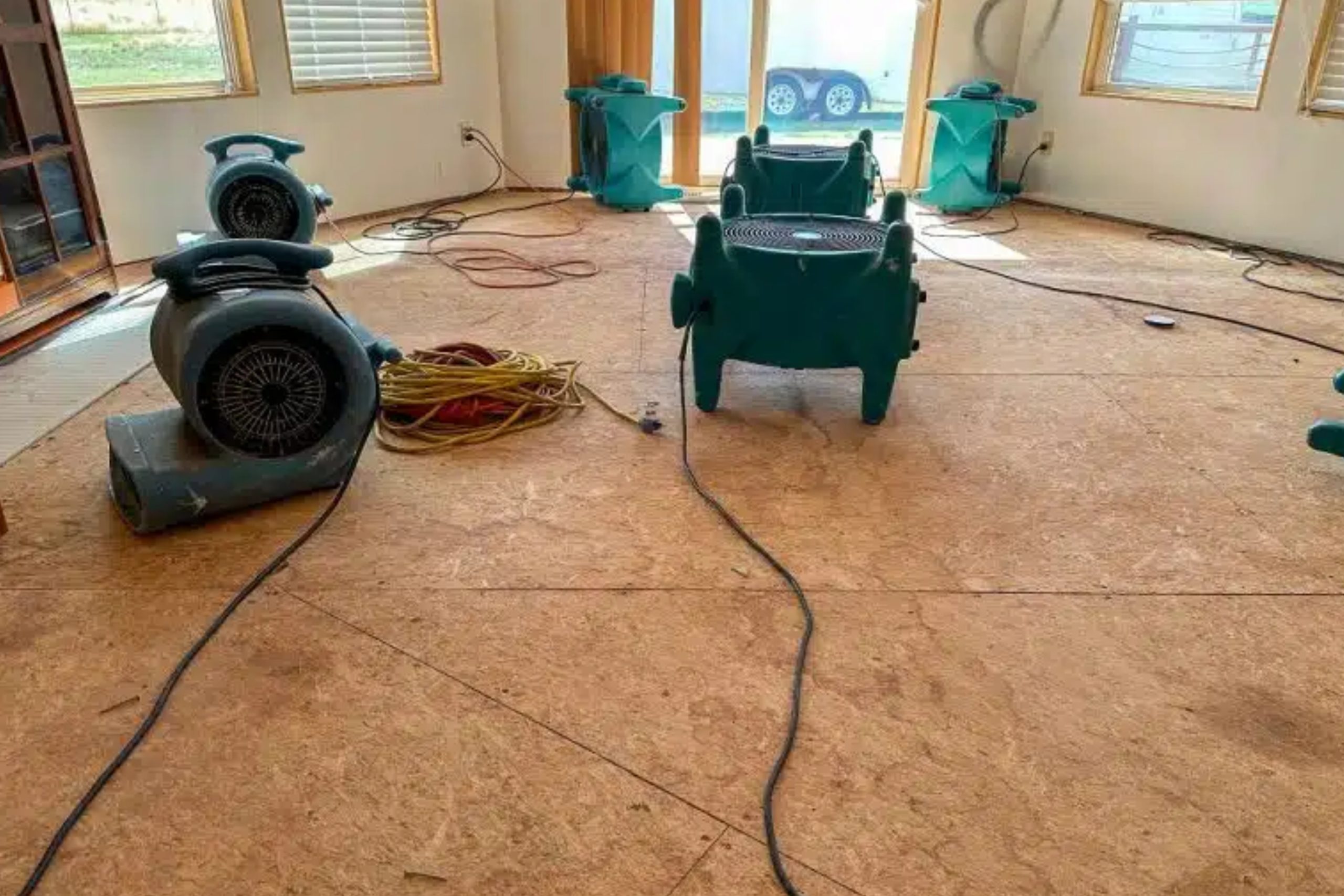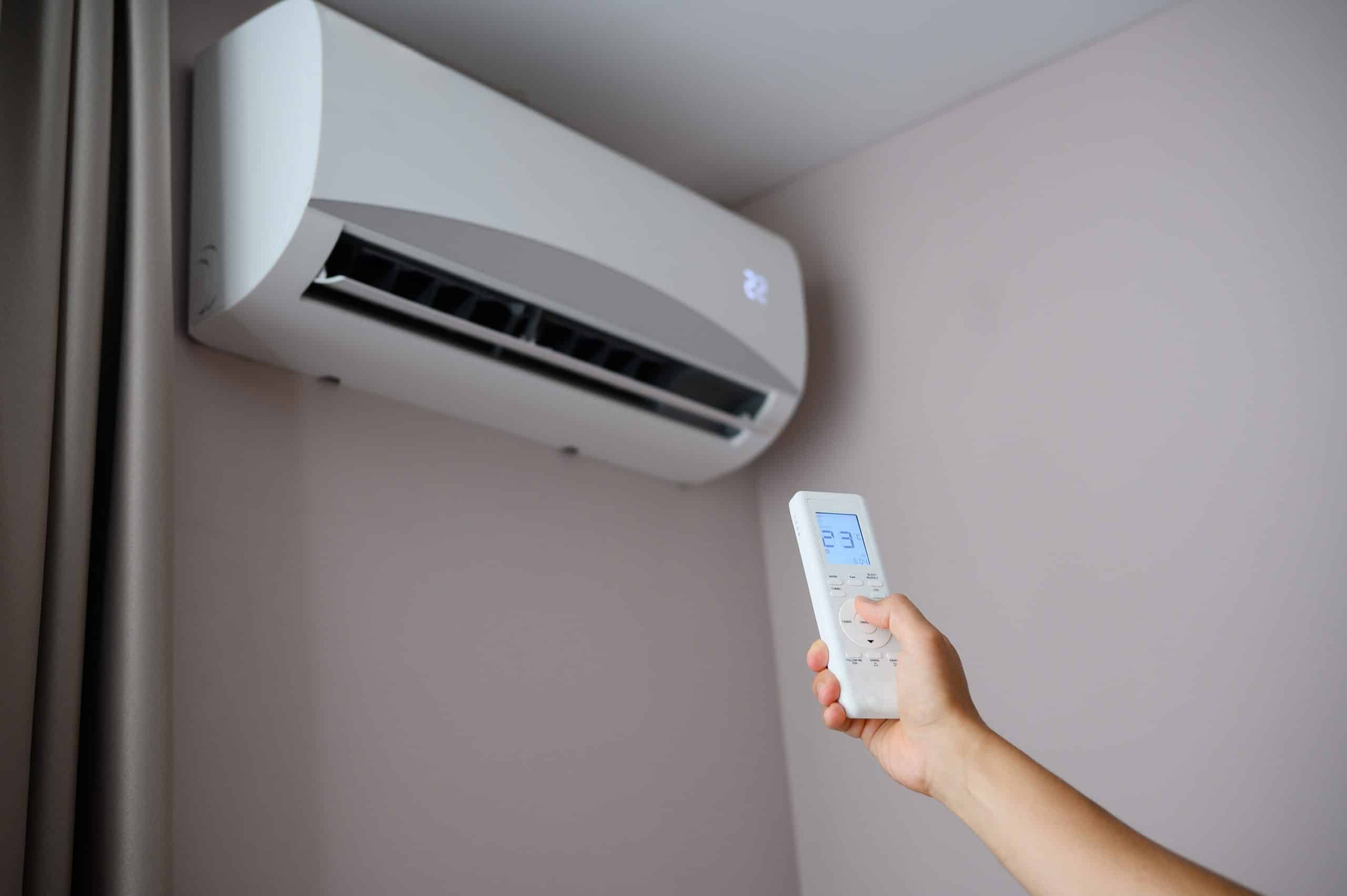Fact: Properly restored floors and furniture recover up to 90% of their original beauty and…

Navigating Trauma Cleanup & Biohazard Remediation
The aftermath of a traumatic event or a biohazard situation presents a complex challenge beyond simple cleaning. Trauma cleanup and biohazard remediation are highly specialized fields requiring a blend of scientific knowledge, technical skills, and sensitivity.
This discussion will explore the advanced strategies utilized in this niche sector. We will highlight the importance of cutting-edge techniques and stringent safety measures to ensure effective cleanup and emotional reassurance for those affected.
Understanding the Scope of Biohazard Cleanup Services
Trauma cleanup and biohazard remediation encompass situations that are both physically hazardous and emotionally taxing. From crime scenes to infectious disease outbreaks, the scope is broad, yet the objective remains singular: to restore safety by eliminating biological and chemical contaminants. This work demands technical precision and an acute awareness of the psychological impact on those affected.
Advanced Techniques in Trauma Cleanup
- Comprehensive Assessment and Protocol Development -The initial step in any trauma cleanup operation involves thoroughly assessing the scene. This includes identifying the type and extent of biohazardous material present. Based on this assessment, a bespoke cleanup protocol is developed, considering factors like the potential for airborne pathogens or structural contamination.
- Utilization of Personal Protective Equipment (PPE) – Safety is paramount in trauma cleanup, beginning with the proper PPE. Advanced strategies include using full-body suits, respirators, and face shields to protect against biological threats. This equipment is not only essential for the safety of the cleanup crew but also minimizes the risk of cross-contamination.
- Disinfection and Sterilization – Modern biohazard remediation relies heavily on EPA-approved chemical disinfectants capable of eliminating a broad spectrum of pathogens. Additionally, techniques such as thermal fogging and ozone treatment may be employed to address airborne contaminants and hard-to-reach areas, providing a deeper level of sterilization.
- Material Removal and Disposal – Materials that are too contaminated to be safely cleaned must be removed and disposed of according to strict regulations. Advanced practices involve sealing these materials in biohazard bags and transporting them in designated vehicles to approved hazardous waste facilities. This makes sure that the contamination is contained and removed from the site.
Safety Measures in Biohazard Remediation
Adhering to OSHA and EPA Protocols
The Occupational Safety and Health Administration (OSHA) and the Environmental Protection Agency (EPA) set forth critical guidelines for the safe and effective practice of trauma cleanup and biohazard remediation. Adherence to these protocols ensures the cleanup team’s safety and protects the public from potential exposure.
Cross-Contamination Prevention
Effective biohazard remediation prioritizes the prevention of cross-contamination. This involves implementing containment zones, using negative air pressure machines, and carefully sequencing cleanup tasks to ensure contaminants do not spread to unaffected areas.
Continuous Training and Certification
The field of biohazard remediation is continually evolving, with new threats and cleanup technologies emerging. As such, ongoing training and certification for cleanup professionals are paramount. This ensures they are up-to-date with the latest safety standards, cleaning methods, and regulatory requirements.
Emotional Sensitivity and Support
An often-overlooked aspect of trauma cleanup is the emotional impact on those affected. Comprehensive strategies in biohazard remediation focus on technical cleanup and provide emotional support and sensitivity to individuals experiencing trauma.
Your Complete Guide to Biohazard Cleanup Services
Can biohazard cleanup help with odors left behind at a crime scene?
Part of the cleanup process involves neutralizing odors using industrial-grade disinfectants and cleaning agents. This ensures no residual smells remain, making the space safe and habitable.
Who needs biohazard cleanup services?
Biohazard cleanup services are necessary for anyone encountering an environment contaminated with biohazardous materials. Common clients include residential homes, business offices, public areas, and vehicles exposed to substances like blood, bodily fluids, or pathological waste, often due to accidents, violent crimes, suicides, or unattended deaths.
What training do biohazard cleanup technicians receive?
Biohazard cleanup technicians are trained in controlling bloodborne pathogens, handling hazardous chemicals, using protective equipment, and employing specific cleaning and decontamination methods compliant with federal and state regulations. This training prepares them to handle hazardous materials safely and effectively, minimizing health risks to themselves and others.
How do biohazard cleanup services dispose of contaminated materials?
Contaminated materials from biohazard cleanup are classified as medical waste and require careful handling. They are placed in specialized biohazard bags and containers, then transported according to local, state, and federal regulations to licensed hazardous waste facilities, where they are disposed of safely to prevent environmental contamination and disease transmission.
Can biohazard cleanup prevent future contamination?
Proper biohazard cleanup not only addresses immediate contamination but also aims to prevent future incidents by ensuring that all biohazardous materials are thoroughly eradicated from the environment. Effective cleaning and disinfection, followed by preventive measures, significantly reduce the risk of recurring biohazard issues, safeguarding the health and safety of everyone involved.
Contact the Best Biohazard Cleanup Company For Your Colorado Property
Trauma cleanup and biohazard remediation complex tasks that require a careful combination of scientific understanding, technical skill, and emotional intelligence. Through advanced cleanup strategies and stringent safety measures, it is possible to mitigate the risks associated with biohazardous situations, offering not just cleanliness but also peace of mind to those affected.
As Property Craft navigates these challenges, the significance of specialized knowledge and expertise in this field cannot be overstated. This underscores the value of professionals dedicated to making spaces safe and livable once more.
Contact our restoration professionals to learn how we can guide you through these difficult times.



